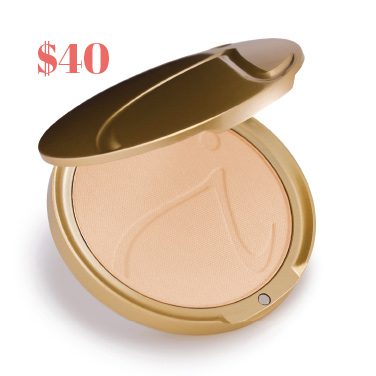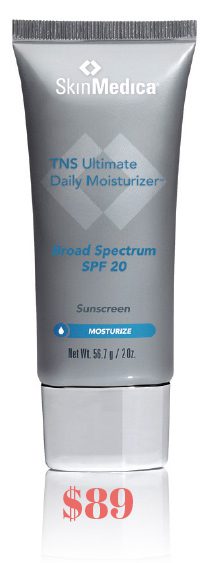These days, you can find UV protection in some pretty unexpected places. We’ve rounded up three products from local retailers that combine sun-shielding capabilities with some added perks.
• • •
Wide Brim Hat (above)
by Gottex Belladonna
This wide brim hat is more than just a classic beauty. The 7” brim adds glamour, but more importantly, a UV protection factor of 50+.
Where to buy it:
Healthy Glow Studio
423.486.1700
healthyglowstudio.com

PurePressed Base Mineral Foundation
by Jane Iredale
This weightless mineral foundation doubles as a water-resistant broad-spectrum sunscreen with SPF 20. An ideal choice for a day at the pool!
Where to buy it:
Natural Body
423.266.6288 (Downtown)
423.756.2639 (Riverview)


TNS Ultimate Daily Moisturizer + SPF 20
by SkinMedica
Offering long-lasting hydration and broad spectrum UVA/UVB protection, this daily moisturizer softens and protects skin in just one step.
Where to buy it:
Southern Surgical Arts
423.266.3331
southernsurgicalarts.com

